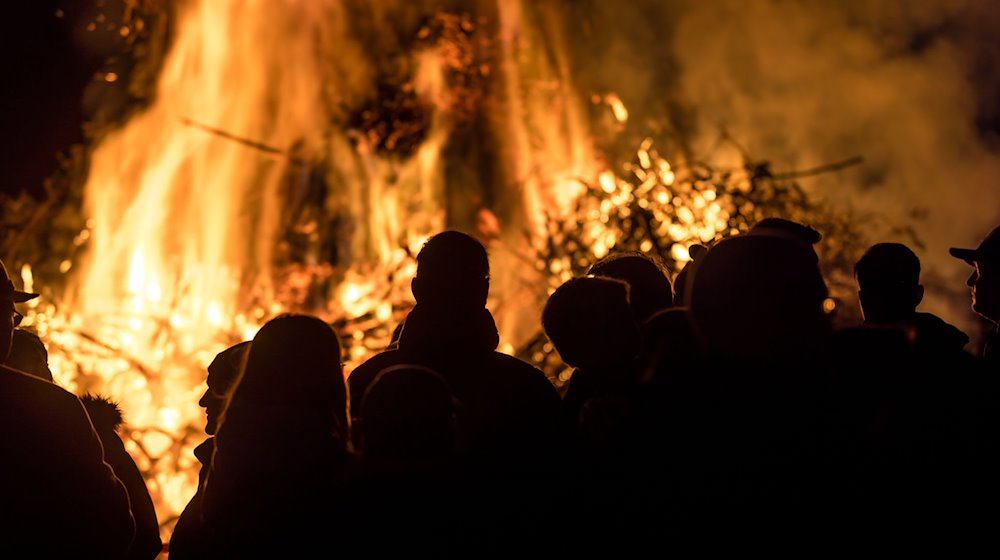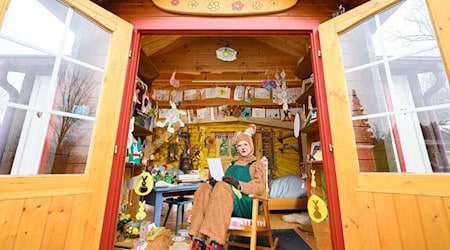Environmental associations have called for Easter bonfires to be handled with care. "We don't want to spoil this custom for anyone. It is of course beautiful and atmospheric to stand around an Easter fire and welcome spring. That's why we're giving tips on how to make Easter bonfires a little more compatible for animals and the environment," said Silvia Teich, spokesperson for the German Nature and Biodiversity Conservation Union in Berlin, on request.
"One argument against Easter bonfires is that the material could be better used in the garden, for example as filling material for a raised bed, as a Benjes hedge or deadwood pile and thus as a shelter and habitat for insects, shrews, hedgehogs and many bird species," emphasized the Nabu spokesperson. Branches and twigs are far too useful to simply burn. In addition, as always, burning wood produces fine dust and releases CO2. Under no circumstances does bulky waste belong in the Easter bonfire. This would release a lot of pollutants.
"The consequences are worse for wild animals that have retreated into the piles, which have often been piled up for weeks, or are already breeding there. They often die or lose their brood when the piles are set alight," said Teich. Animal species such as shrews, amphibians, hedgehogs and insects like to retreat to such piles.
The German Nature and Biodiversity Conservation Union therefore recommends that piles that have already been stacked should be shifted again before lighting them. This allows any small animals present to escape in time. "But if the pile has been lying there for weeks, please don't light it, as robins or wrens could already be nesting here." The pile is then already a permanent home for many animals.
"Easter fires produce large quantities of air pollutants and greenhouse gases. Fires in very large numbers are also irritating for wildlife. It would make sense to limit the number of Easter bonfires to a few, for example at larger celebrations," explained Felix Ekardt, head of the German Federation for the Environment and Nature Conservation (BUND) in Saxony.
Jenny Förster from BUND in Dresden also recommends piling up the timber just before burning. "This can prevent animals from settling in the piles of wood and brushwood."
Easter bonfires have a centuries-old tradition. The Institute for Regional Studies and Regional History in the Rhineland distinguishes between Christian and secular fires. "The tradition of the Christian Easter bonfire can be traced back to the Middle Ages. Acts such as the blessing of the fire and the lighting of the Easter candle have developed since the 12th century," according to the institute's website. However, there is also evidence that secular Easter fires have existed since the 14th century - as bonfires where the focus is on celebration.
Copyright 2024, dpa (www.dpa.de). All rights reserved










